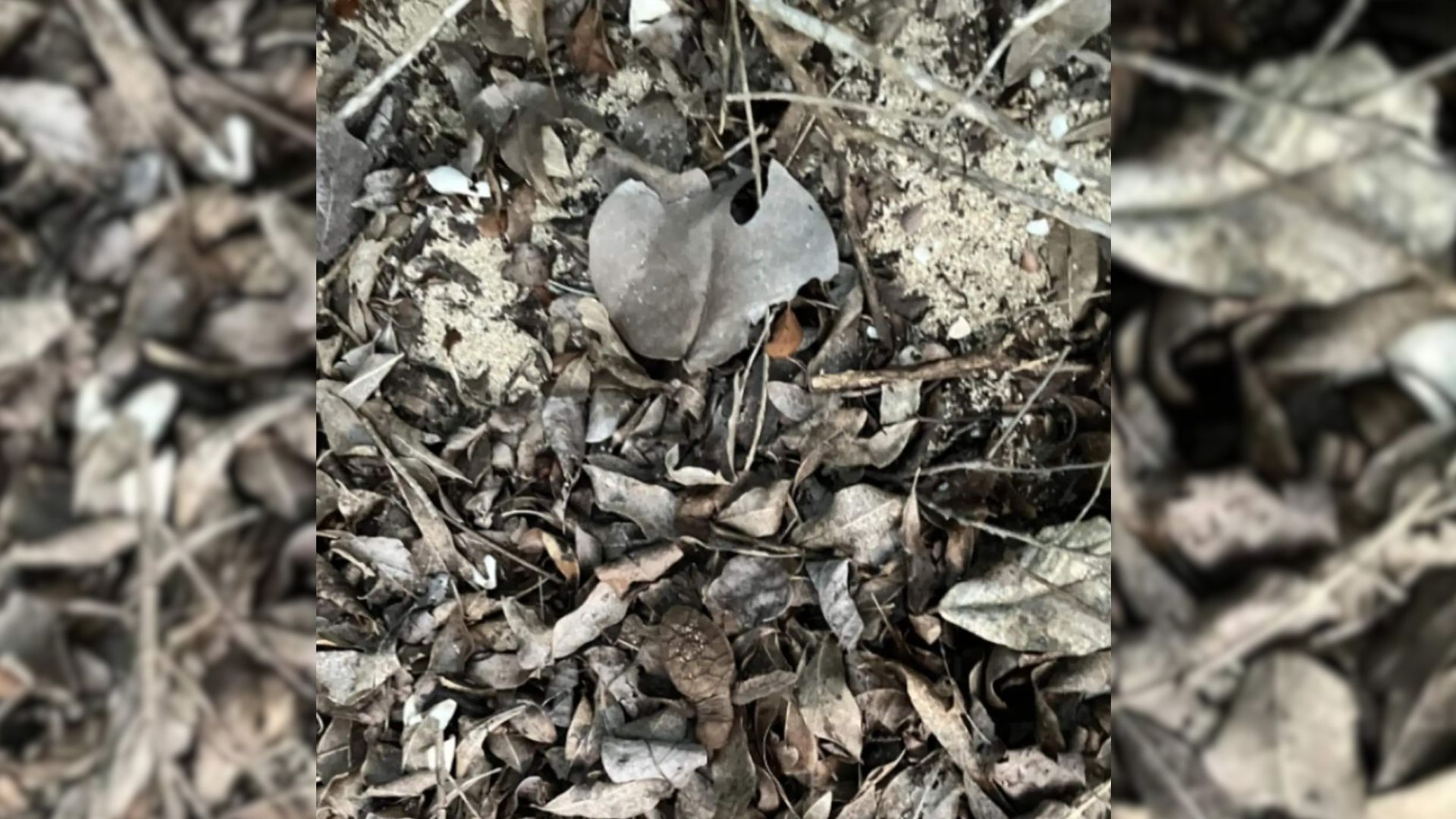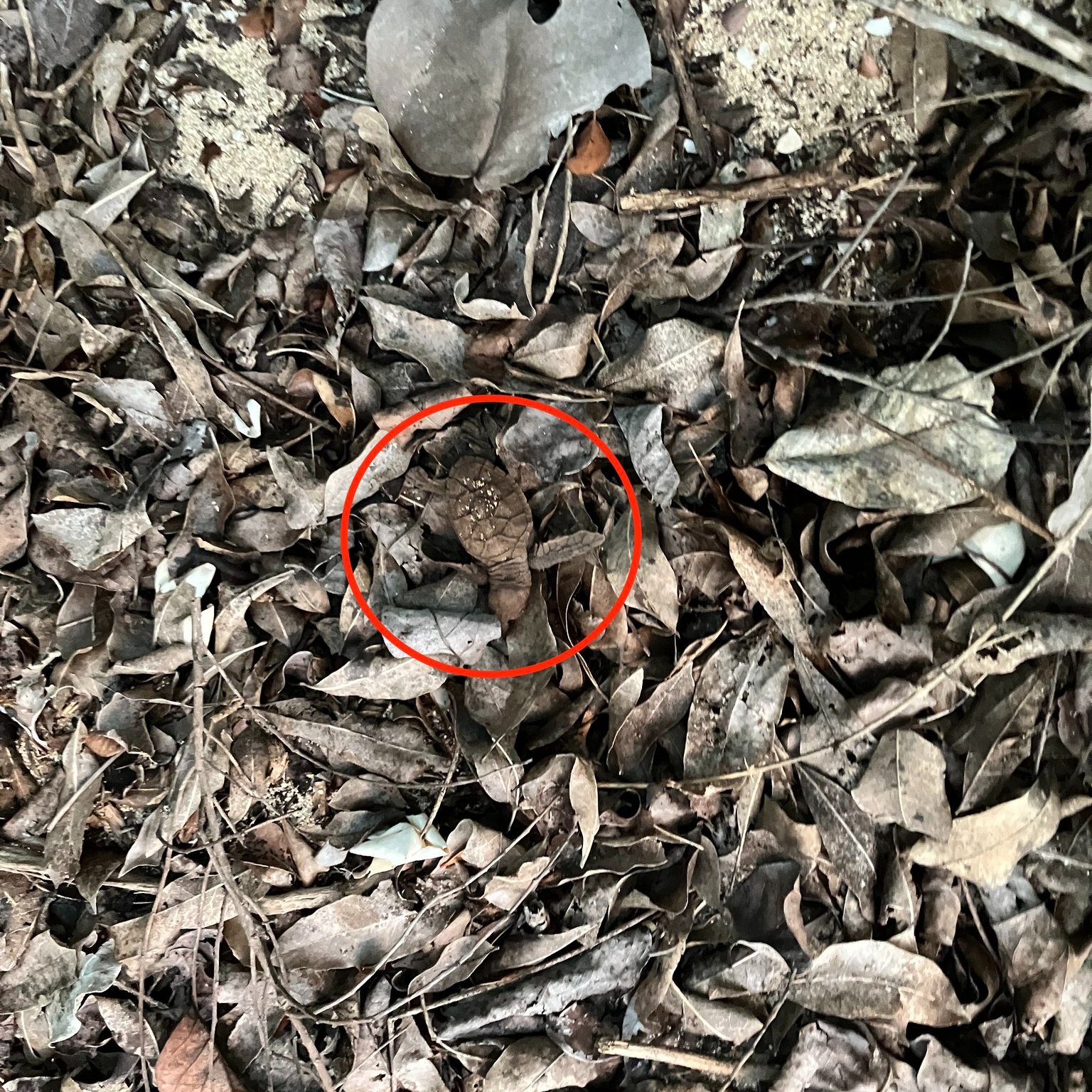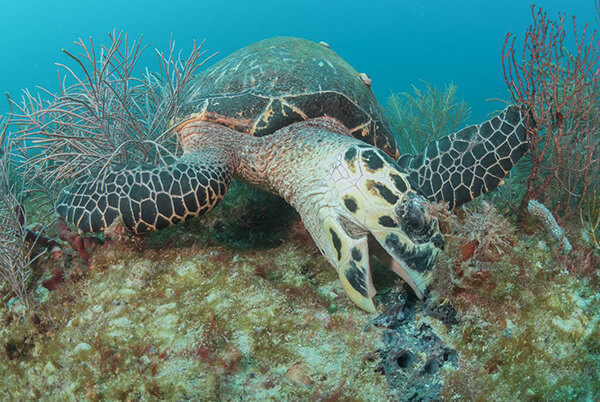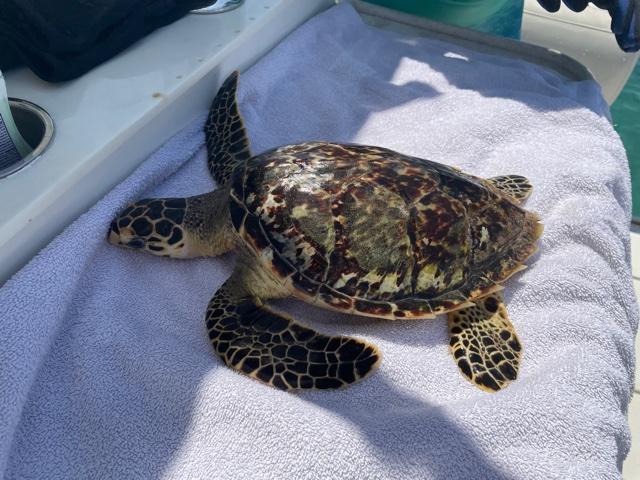When walking through nature, most of us assume that we are going to encounter some wildlife or none at all.
I have personally rarely encountered any animals when taking a stroll through the forest, but it’s not that rare. Animals tend to stay away from humans.
However, we have all encountered at least a squirrel, a raccoon, or maybe even have seen a bear in the distance, as scary as that might be.
What we don’t assume is that anything of remote significance will happen on a trip like that. Well, for this man who was doing research in the U.S. Virgin Islands, things took a surprising turn.
An Endangered Animal?
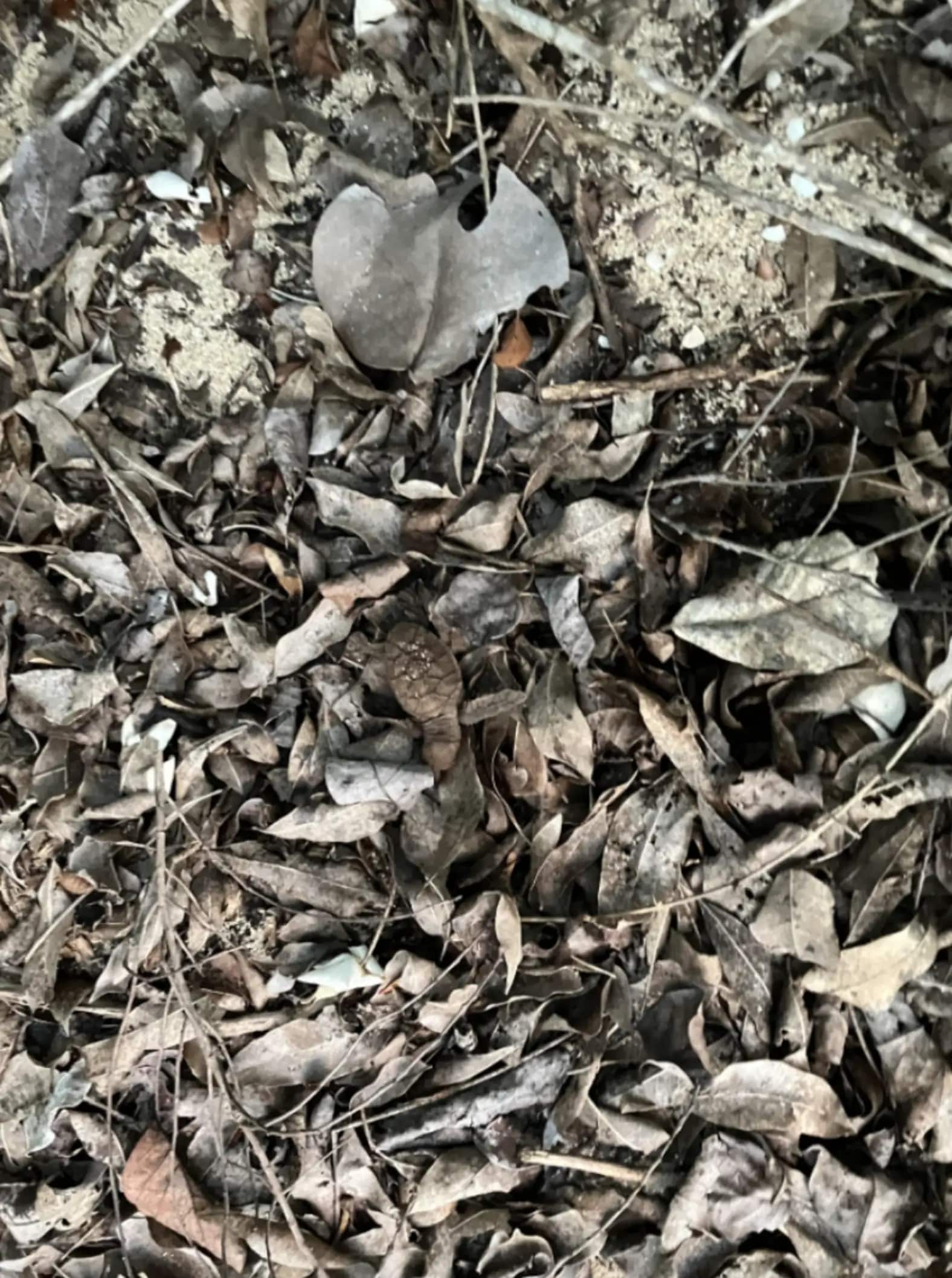
Not too long ago, Dr. Larry Wood was doing some research on seashore in the U.S. Virgin Islands when suddenly something surprised him.
He saw something moving in the leaves. The baby had some kind of a brown shell and greenish skin with a hint of gray.
It basically blended in completely with the environment. As the executive director of National Save The Sea Turtle Foundation, Wood immediately knew what he was dealing with.
It was a hawksbill turtle hatchling, which is a rare and endangered species. The man witnessed something spectacular and the animal captured his complete attention.
He saw the animal go back to the ocean. At the time, he was doing a survey with local scientists and attempting to find out how the turtles in that particular area were doing.
The National Save The Sea Turtle Foundation wrote in a Facebook post: “Female hawksbill sea turtles typically position their nests high up on the shore, frequently under or among beach vegetation such as trees and grasses. This placement provides natural cover and shelter for the nest.”
What Can We Do?
These turtles have the capacity to get rid of harmful chemicals that typically remain on sponges, which makes them a very vital part of the ecosystem.
However, the problem is that they are endangered and their numbers are too small. Their disappearance could destabilize a big part of that ecosystem.
In their post, they said: “This feeding behavior plays a crucial role in maintaining healthy coral reef ecosystems by preventing sponges from overgrowing and suffocating corals, with one turtle estimated to consume over 1,000 pounds of sponges annually.”
Even though there are laws that forbid hunting these turtles, people still do it, and conservationists are trying their best to prevent a total collapse.
There is much we can all do to help in this. Wood noted that: “it’s best to avoid supporting efforts to minimize ocean pollution, support the conservation of coral reefs, avoid buying tortoiseshell products, and also protect their nesting beaches.”
This can make a huge difference. There are already many people working hard to save these turtles, and this is the least we can all do.
